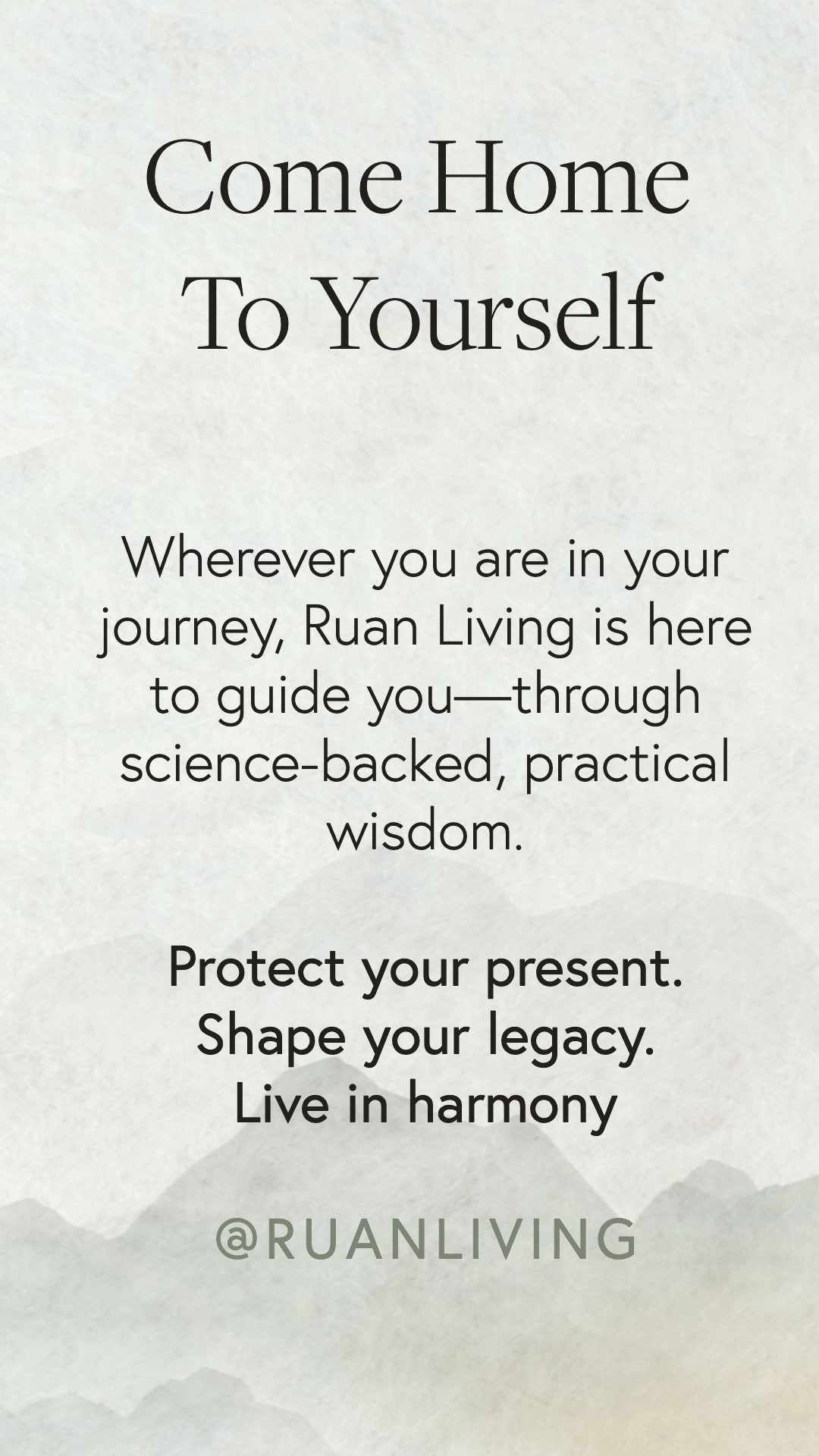
Tips for Buying Chemical Free Soaps And Shampoos
Jun 25, 2018by editorial team and Sophia Ruan Gushée
Our kids watch our every move. They learn by example, by our actions. When we choose nontoxic products—like soaps and shampoo—they’re noticing, and developing values around health, wellness, and nontoxic (or toxic) purchasing decisions. These values and choices can influence your children's health and the health of your entire family.
Why choose safe options
Shampoos and soaps can contain different types of chemicals that may contribute to health effects. The following ingredients are commonly found in soaps and shampoos: DEP, 1,4 Dioxane, Glycols, Interts, synthetic colors, synthetic fragrance (including synthetic essential oils), Solvents (VOCs, surfactants/sulfates), and preservatives (formaldehyde, parabens, sodium benzoate). (1)
These categories of chemicals contain many individual chemicals, too many to list here.
Possible health effects from these chemicals include: (2)
- cancer of the nose, throat, blood,
- hormone disruption
- eye, nose throat and skin irritation
- menstrual cycle disruption
- endocrine disruption
- reproductive toxicity
- immunotoxicity
- neurotoxicity
- hyperactivity in children
- liver and kidney damage
- dermatitis
- low fertility in men
- damage to developing fetus
Chemicals—like parabens—have been detected in nearly all people tested.
Nontoxic components in soap and shampoo
Chemicals that may be in soaps and shampoos may be: (3)
- behavioral toxins
- carcinogens (cancer-causing)
- developmental toxins
- endocrine disruptors
- fire retardants
- heavy metals
- neurotoxins
- high risk pesticides
- reproductive toxins
- toxic solvents
- harmful VOCs
Look for chemical-free shampoos and soaps free of DEA (diethanolamine), MEA (monoethanolamine), TEA (triethanolamine), SLS (sodium lauryl sulfate), SLES (sodium laureth sulfate). (4)
Ways to identify chemical-free soap and shampoo products
As consumers, we’re not able to see or know each ingredient used to make soap and shampoo products. Under the U.S. Consumer Protection Act, manufacturers are not required to list all ingredients of fragrances, personal care products, and other products on the market. As a result, it’s difficult for us to make nontoxic choices alone. Two resources that are helpful for identifying chemical-free soap and shampoo products are the Environmental Working Group (www.ewg.org) and Made Safe (https://madesafe.org/).
The Environmental Working Group allows consumers to search their database of soap and shampoo products to find healthier options. Each soap and shampoo reviewed is given a health rating making it easy for consumers to find a nontoxic option. The Environmental Working Group also has EWG Verified products, which allow consumers to quickly choose products with better health ratings.
Made Safe also has a database of certified products that consumers can easily use. When certifying products as nontoxic, Made Safe checks products against their Hazards List of over 80 chemicals.
Conclusion
Kids learn from our actions and can develop values of health, wellness, and nontoxic buying. Soaps and shampoos commonly contain chemicals that have been linked to health conditions—including cancers, hormone disruption, hyperactivity in children, liver and kidney damage, dermatitis, and more.
Consider choosing soap and shampoo that has the least amount of chemicals in them. The Environmental Working Group and Made Safe are two organizations that make product health ratings and certifications available to consumers. Parents and consumers can use these lists to make healthier soap and shampoo choices and provide a nontoxic option for their families.
References
(1)(2)(4) A to Z of D-Toxing, Works Cited Part 2
(3) Made Safe
🎁 unlock your ULTIMATE HOME DETOX™ starter pack
Download the Ultimate Home Detox™ Starter Pack—your free set of practical, science-backed tools to begin reducing toxic exposures in your everyday life.
- Nontoxic Cleaning Guide
- Forever Chemicals Detox Starter
- EMF Detox Challenge
- Safe Cookware Starter Kit
- Kitchen Detox Checklist
- Fertility / Pregnancy / Children's Detox
Join 349,000+ people who’ve turned to Ruan Living for trusted, practical nontoxic guidance. These resources have helped thousands begin their journey toward a healthier home—and they’re yours, free.
GET YOUR ULTIMATE HOME DETOX™ STARTER PACK NOWWe hate SPAM. We will never sell your information, for any reason.



